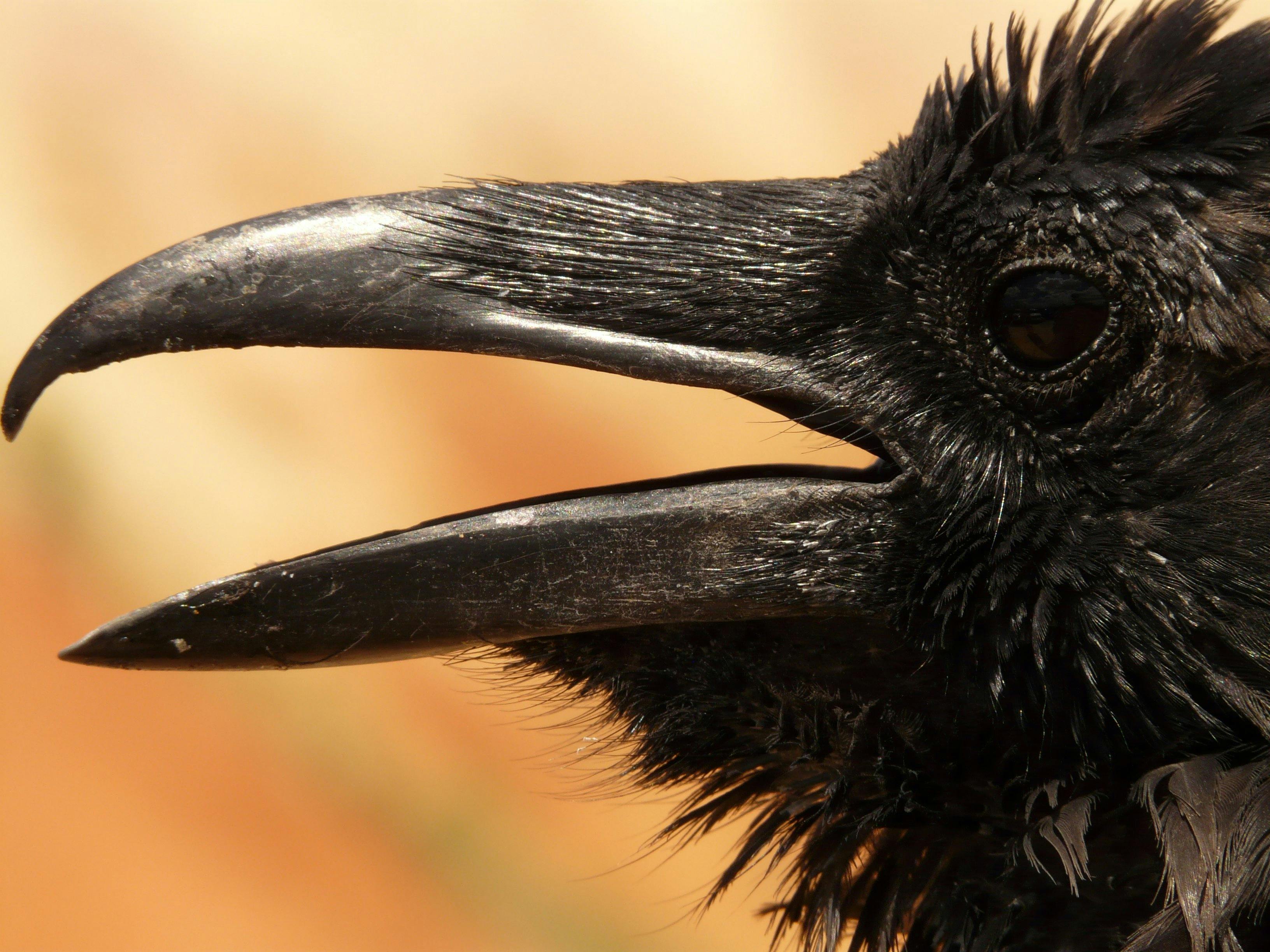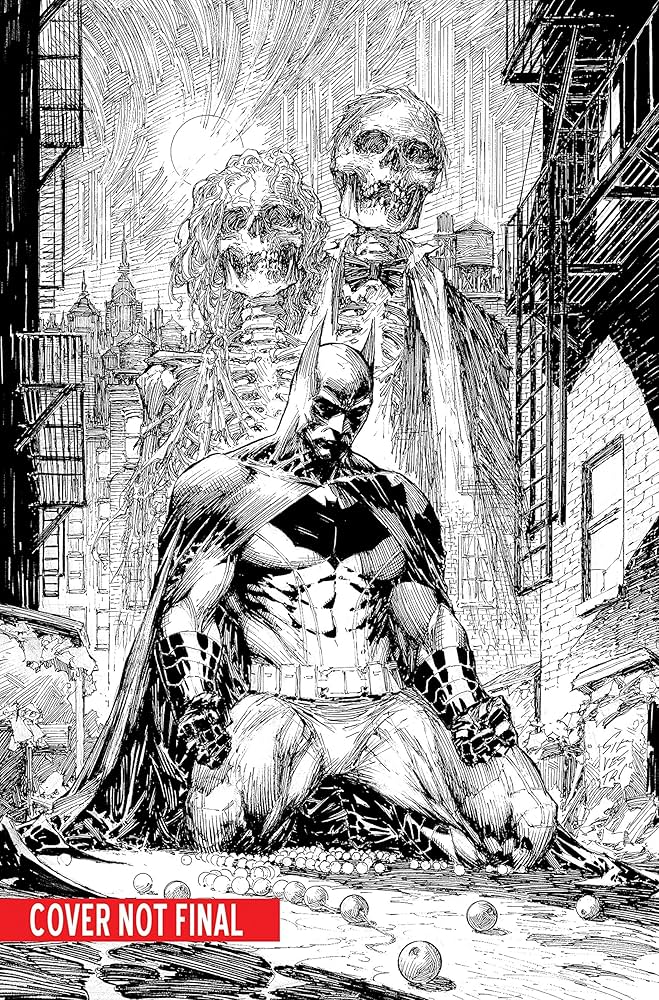Apply Now
Understanding the DC Universe: Origins and Evolution
DC Comics has a rich history that stretches back to 1934, starting with the publication of "Action Comics" #1, which introduced the world to Superman, a character that would forever change the landscape of superhero storytelling. Over the decades, DC Comics has expanded into a vast universe that incorporates complex characters, intricate storylines, and innovative graphic novels that reflect societal changes. The journey of DC Comics is chronicled through various phases, including the Golden Age, Silver Age, and the contemporary modern era.
Exploring the fundamental components, we can identify key elements such as the evolution of superhero comics, the introduction of iconic characters—including Batman, Wonder Woman, and the Justice League—and the impact of comic book sales on the industry. The flourishing of DC's comic book franchises has influenced not only comic book fandom but also media adaptations in various forms, like animated series and blockbuster movies.
With iconic superheroes rooted in recognizable cities like Gotham City and Metropolis, fans witness story arcs that delve into character relationships and villainous motivations. From the gripping tales of Darkseid to the dramatic backstory of Harley Quinn, the diversity of DC's characters stands as a testament to its historical significance and cultural relevance.
This naturally leads us to discuss the various storytelling techniques employed within DC Comics, exploring how these narratives resonate with audiences and contribute to the broader comic book history.
Key Milestones in DC Comics History
The timeline of DC Comics is marked by several significant milestones. From the groundbreaking debut of Superman, the release of "Detective Comics" featuring Batman, to the formation of the Justice League in response to an array of villainous threats, these events illustrate the evolution of storytelling and character development within the DC Universe.
In the 1970s, in an effort to attract a new generation of readers, DC launched iconic series such as "Green Lantern/Green Arrow" that addressed contemporary social issues. The 1986 "Crisis on Infinite Earths" reshaped the landscape of comic book publishing, paving the way for more cohesive universe timelines and fresh character reboots. More recently, initiatives like "The New 52" and "Rebirth" have revitalized beloved franchises, bringing back classic characters for modern audiences while exploring new themes in superhero narratives.
The cultural critique embedded in these stories often serves as a lens to reflect societal dilemmas, making DC Comics not just entertainment but a form of artistic commentary on prevailing issues in society.
The Role of Iconic Characters
The ensemble of characters in DC Comics is as diverse as it is iconic. Superheroes like Superman with his unwavering morality, Batman with his dark and brooding nature, and Wonder Woman, embodying strength and compassion, present varied archetypes that resonate with readers globally. These characters showcase superhero powers that serve as metaphors for larger human experiences, from resilience and justice to moral complexity.
DC's villains are equally compelling. Characters such as Lex Luthor, The Joker, and Darkseid highlight the dichotomy of good and evil, exploring the psychological depths of their motivations and ideologies. The nuanced portrayals of these characters amplify themes of redemption, rivalry, and the quest for power—central themes throughout the DC narrative landscape.
Importantly, this exploration of characters leads us to analyze the dynamics between heroes and their villains, which is fundamental to understanding the engaging storytelling that defined DC Comics.
Crossover Events and Their Significance
Crossover events have become a hallmark of DC Comics, allowing readers to witness beloved characters interact in ways that push the boundaries of traditional storytelling. Notable examples include "Crisis on Infinite Earths," "Infinite Crisis," and "Final Crisis," each presenting high stakes that affect the continuity of the DC Universe.
These events not only highlight intertextuality and the complexities of narrative convergence but also foster community engagement among comic book fans. By bringing together characters from various story arcs, crossover events create an expansive tapestry, enriching the character relationships and deepening reader investment.
Moreover, as illustrated through crossover adaptations in animated series and film, the transition into other media underscores the versatility of DC's storytelling approach. Engaging readers across platforms—from print comics to digital formats—these events continue to shape fan expectations and participation in comic book culture.
Analyzing the Impact of DC Comics on Popular Culture
DC Comics has played an instrumental role in shaping popular culture, influencing not only aspiring writers and artists but also the broader landscape of entertainment. The emergence of superhero films, particularly within the DC Extended Universe (DCEU), illustrates how these transformative stories have garnered attention across demographics.
The cultural significance of characters like Superman, Wonder Woman, and Batman extends beyond comic book pages and into the collective consciousness. Their influence can be observed in movie adaptations, merchandise, and even academic discourse, prompting discussions about heroism, identity, and morality in contemporary society.
The continuous evolution of DC Comics demonstrates the organization’s responsiveness to cultural contexts while addressing themes such as diversity, justice, and the human condition.
Comic Book Adaptations: From Page to Screen
The shift from comic books to animated adaptations and feature films has been a significant advancement for DC Comics. Iconic animated series like "Batman: The Animated Series" and films like "Wonder Woman" not only resonate with audiences due to their dynamic storytelling but also redefine iconic characters for new generations.
Studios are keenly aware of audience demographics and their preferences, leading to adaptations that depict superheroes in ways that mirror contemporary societal values. For comic book fans, these adaptations often serve as gateways to discovering original storylines and comic book art, bridging the gap between fandom culture and mainstream entertainment.
While adaptations may receive mixed critical receptions, they provide valuable insight into how classic comic book themes are reinterpreted to fit current societal narratives and concerns.
Character Development and Story Arcs
Character development is at the heart of DC storytelling, shaping how readers perceive their favorite superheroes and villains. Through multi-layered story arcs that include origin stories, personal challenges, and transformative journeys, DC Comics crafts narratives that invite emotional engagement and thematic exploration.
From Batman's dual life as Bruce Wayne to Superman's struggle with his alien identity, the complexities of these characters resonate deeply with readers. As we observe their challenges, we gain insight into their motivations and how they articulate responses to adversity.
Additionally, iconic arcs like "The Death of Superman" and "Batman: The Killing Joke" reveal deeper thematic currents—exploring love, loss, morality, and the cyclical nature of heroism and villainy. Analyzing these arcs provides crucial insights into the societal reflections that DC Comics aims to engage with its audiences.
DC Comics Today: Trends and Future Directions
As we enter 2025, the landscape of DC Comics continues to evolve. The introduction of digital comics and the rise of graphic novels illustrate the shift in how stories are consumed. Readers now have access to expansive collections, trade paperbacks, and an array of independent content that complements mainstream offerings, enriching the comic book experience.
Furthermore, the popularity of comic book conventions reflects the vitality of comic book fandom and the communities that thrive within it. These events foster engagement through discussions, merchandise sales, and opportunities for creator collaborations. They serve as platforms for comic book illustrators and writers to share their work and connect with audiences, reinforcing the cultural significance of DC Comics.
This progressive adaptation to changing consumer behaviors, alongside the exploration of diverse characters and plots, indicates a future where DC Comics can remain relevant and impactful in the comic book industry.
Embracing Diverse Characters and New Narratives
One of the most encouraged trends within DC Comics is the embrace of diverse characters and stories that reflect a wide range of experiences. This not only enriches the storytelling landscape but also allows for narratives that resonate on multiple levels with varied demographics.
From the representation of LGBTQ+ characters to characters of different ethnic backgrounds, the tapestry of the DC Universe is increasingly reflective of real-world diversity. Notably, characters such as Cyborg, Batwoman, and Ms. Marvel have all emerged as vital representations within the comic landscape, cracking open doors for conversations about identity, culture, and acceptance.
This commitment to inclusivity within narratives encourages a more comprehensive understanding of character relationships and societal dynamics, further enhancing the emotional resonance of storytelling within DC Comics.
Previewing Future Releases and Adaptations
Looking ahead, the anticipation of upcoming releases—be it new comic book series or animated adaptations—hints at the evolving narrative structures that DC plans to explore. Renowned writers and artists are continually crafting stories that engage with the contemporary cultural fabric, pushing boundaries while remaining grounded in the fundamentals of comic book storytelling.
New series are likely to explore fresh paths outlined by audience engagement strategies, utilizing interactive platforms to deepen reader experiences while building on familiar comic book traditions.
The dialogue surrounding adaptations continues to flourish, ensuring that DC Comics and its vast universe remain at the forefront of graphic storytelling, attracting new generations of comic book fans and solidifying its legacy within popular culture.
Q&A: Insights into DC Comics
What are the most popular DC Comics story arcs?
Some of the most celebrated story arcs include "The Dark Knight Returns," which redefined Batman, "Crisis on Infinite Earths" for its universe-altering narratives, and "The Death of Superman," which profoundly impacted comic book fans worldwide. Each of these arcs explores deep thematic undercurrents and showcases character transformations, solidifying their significance in DC’s history.
How has DC Comics adapted over the years?
DC Comics has continuously evolved in response to cultural and societal shifts. This includes modernizing character backstories, embracing diverse representation, and exploring new mediums such as digital comics and graphic novels to reach a broader audience. Efforts in adapting classic storylines into animated films and live-action movies have also proven instrumental in retaining relevance.
What role do fans play in DC Comics?
Comic book fans are integral to the success of DC Comics. Their engagement through conventions, social media, and fan art fosters a nurturing community that influences content creation and promotion strategies. Readers' preferences help shape the direction of comic book arcs and character development, ensuring that the stories resonate with contemporary audiences.
Conclusion: The Enduring Legacy of DC Comics
In summary, DC Comics stands as a titan in the realm of graphic storytelling, shaping not only the landscape of superhero comics but also influencing popular culture at large. From its storied past to its progressive present, DC continues to captivate audiences with its iconic characters, intricate narratives, and groundbreaking adaptations.
As we move into the future, the endless possibilities of storytelling within the DC Universe promise continued engagement for both seasoned fans and newcomers alike. The legacy of DC Comics endures, reflecting the vibrant evolution of comics as a powerful form of creative expression.




